Understanding Adaptive: strengths and limitations
Adaptive is a prominent cloud-based platform for budgeting, forecasting, and reporting for businesses of all sizes. Its main selling points include facilitating collaboration, enhancing efficiency, and providing deep insights, making it a popular choice for many organizations.
Key features
- Machine Learning for forecasting: Workday Adaptive Planning uses predictive algorithms to improve the accuracy of financial forecasts and identify relevant trends.
- Elastic Hypercube Technology: It supports increasingly complex and multidimensional business modeling for detailed enterprise planning without sacrificing performance as a company scales.
- Scenario planning: Users can build, share, and report on unlimited flexible planning scenarios to guide decision-making.
- Secure data integration: Adaptive Planning can integrate with various ERP, CRM, and HR systems to ensure finance leaders have a comprehensive financial picture.
Limitations
- Usability: The comprehensive and technical nature can result in a steep learning curve for new users. Organizations might need additional training and consultants to realize full value.
- Cost: The extensive functionalities come at a premium price point. Smaller businesses or those with limited budgets may find the cost prohibitive, making it a less viable option than other solutions in the market.
- Implementation time: Deployment can be lengthy, particularly for organizations with complex financial structures or those requiring extensive customization. The time from initial setup to full operationalization may be longer than anticipated, affecting the timely realization of its benefits.
- Customization: Some businesses may find Adaptive Planning less adaptable to highly specific or unique business processes. While it offers a broad range of capabilities, the customization options may not meet the needs of all users, especially those with niche requirements.
Understanding these aspects and considering Adaptive alternatives is vital for assessing whether Adaptive Planning fits your organization.

Top alternatives to Adaptive
When considering FP&A software, finding the right fit for your business's specific needs is imperative to ensure long-term success. Here's a rundown of the leading Workday Adaptive Planning alternatives, focusing on key differences and strengths.
1. Cube
.png?width=366&height=106&name=blue-cube-logo%20(1).png)
Cube is an Adaptive alternative that integrates with Excel and Google Sheets, aiming to modernize mid-market companies' planning without abandoning the familiar spreadsheet environment. This unique positioning accelerates the learning curve and democratizes advanced FP&A functions, making them accessible to teams of all sizes.
Key features:
- Seamlessly integrates with Excel and Google Sheets, ensuring a smooth transition.
- Comprehensive data integrations with ERP, CRM, and HR systems connect the data finance teams need with a fast implementation.
- Real-time collaboration enabled by its cloud-based platform supports team productivity.
- Comprehensive audit trails bolster data governance and security.
- Flexible financial modeling and custom reporting accounts for diverse business needs.
- Intuitive dashboards simplify complex data analysis and reporting.
Why consider Cube?
Starting at $1,250 per month, Cube offers a more approachable and familiar user experience for Excel and Google Sheets users, making it a good choice for teams not looking to adopt a new system entirely.
2. Anaplan

Anaplan caters to large enterprises with its robust and scalable platform. It enables complex planning, forecasting, and supply chain management across various departments and operations, emphasizing collaboration and real-time decision-making.
Key features:
- Uses a patented calculated engine to power complex scenario computing.
- Enhances collaborative planning with features designed for cross-functional teams.
- Individual activities and processes can be converted into streamlined workflows.
- Employs in-memory processing for quick scenario analysis and forecasting based on dependencies.
Why consider Anaplan?
Anaplan stands out for its comprehensive modeling capabilities and real-time data access, catering to larger organizations that need to handle very complex, large-scale planning needs.
3. Board
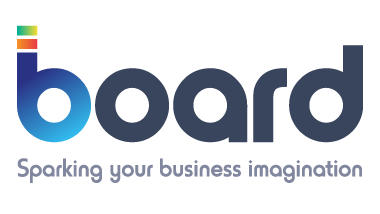
Board integrates BI, supply chain management, and FP&A into one platform, offering a holistic approach to business intelligence, performance management, and financial planning. It is ideal for companies looking to consolidate their data analysis and planning processes.
Key features:
- Visual analytics with dashboards and scorecards enhance data interpretation.
- Supports multi-dimensional planning for detailed planning activities.
- Facilitates data consolidation from various sources through APIs or pre-built connectors for a coherent view of financial performance.
- Scales with businesses through multiple adaptable subscription tiers and user types.
Why consider Board?
Board provides a broader suite of integrated BI and performance management tools than Adaptive Planning, appealing to companies seeking an all-in-one solution.
4. Vena
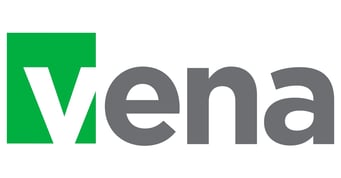
Vena leverages the power and familiarity of FP&A in Excel, making it an attractive option for organizations seeking to upgrade their financial processes without departing from Excel.
Key features:
- Uses Excel as its interface, easing the learning curve for users.
- Ensures efficient data synchronization for teamwork and consistency.
- Allows for in-depth analysis through drill-down capabilities.
- Offers customizable templates to meet various reporting and analysis needs.
Why consider Vena?
Vena's strong suit is its Excel-centric approach, providing a comfortable transition for users accustomed to Excel, unlike Adaptive Planning's separate environment.
5. Jedox
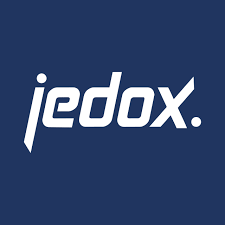
Jedox simplifies enterprise performance management and FP&A for businesses aiming to streamline their financial operations with an easy-to-use solution that adapts to various industries and business sizes.
Key features:
- Offers powerful data integration capabilities for a unified view of financial information.
- Supports extensive financial modeling and scenario planning to accommodate different business strategies.
- Provides advanced reporting and analysis tools for insightful financial reporting.
- Ensures data security and compliance with robust governance features.
Why consider Jedox?
Jedox is recognized for its versatility and ease of use, appealing to companies looking for a less complex Adaptive alternative.

6. Prophix

Prophix provides a comprehensive solution that automates and enhances financial processes like budgeting, planning, and reporting. This Adaptive alternative is for companies seeking to improve accuracy and efficiency in their financial operations without heavy IT involvement.
Key features:
- Streamlines budgeting, forecasting, and reporting, reducing manual efforts and errors.
- Facilitates sophisticated financial forecasting and investment analysis.
- Offers powerful tools to create graphical representations of financial data, making analysis more intuitive.
- Simplifies and automates workflow processes, enhancing operational efficiency.
Why consider Prophix?
Prophix is known for its user-friendly approach and focus on automating financial processes, making it a more accessible option for companies without large IT departments than Adaptive Planning.
7. Planful

Planful specializes in speeding up and simplifying planning and financial consolidation processes, offering a cloud platform designed for high-growth and mid-sized companies.
Key features:
- Enhances the speed and accuracy of financial planning and budgeting cycles using pre-built templates.
- Enables quick adjustments and what-if scenario planning to respond to business changes.
- Automates and accelerates financial close processes, improving productivity and compliance.
- Facilitates collaboration among finance teams and stakeholders, enhancing decision-making through machine learning.
Why consider Planful?
Planful is noted for its focus on rapid deployment and ease of use especially for teams with non-finance users, appealing to businesses requiring faster implementation over the breadth of functionalities Adaptive Planning offers.
8. Pigment

Pigment stands out with its modern, flexible approach to FP&A, which is designed for businesses prioritizing collaborative planning and robust scenario analysis. Its platform is built to give insight into performance for all teams, making it suitable for forward-thinking companies.
Key features:
- Collaborative features bring teams together for more cohesive planning.
- Supports detailed scenario planning and forecasting to guide strategic decisions.
- Offers a visually appealing and intuitive interface for easy navigation and use.
- Provides dynamic reporting capabilities, allowing for customizable and insightful financial reports.
Why consider Pigment?
Pigment is favored for its user-centric design and emphasis on collaboration and scenario planning, offering a more flexible and intuitive experience than the more structured environment of Adaptive Planning.
9. OneStream

OneStream delivers a unified corporate performance management solution that simplifies complex financial consolidations, planning, reporting, and analysis. It primarily caters to large enterprises seeking to streamline their financial operations within a single platform.
Key features:
- Applies financial intelligence to complex financial data consolidations, facilitating more accurate out-of-the-box reporting.
- Designed to scale with the growth of the business, supporting a wide range of financial needs with partners and integrations.
- Advanced analytics mean teams can get quicker insights from their connected data.
Why consider OneStream?
OneStream is recognized for its capability to handle complex financial consolidations and integrations, appealing to large enterprises in ways that Adaptive Planning's broader focus might not fully address.
10. IBM Planning Analytics
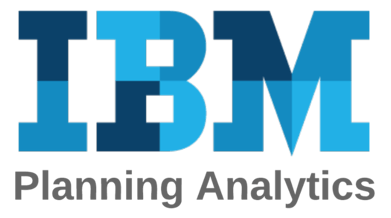
IBM Planning Analytics, powered by the high-performance analytical engine TM1, is designed for businesses of all sizes seeking deep insights and flexibility in their planning, budgeting, forecasting, and analysis processes.
Key features:
- Leverages TM1 is a sophisticated engine that combines the power of spreadsheets with the security of a database for fast, in-depth analysis of large volumes of data.
- Supports a wide range of planning needs from financial to operational models.
- Built-in reporting provides clear, immediate insights for tracking performance.
- Easily scales to accommodate growing data and user needs, maintaining performance.
Why consider IBM Planning Analytics?
IBM Planning Analytics offers a more robust analytical foundation and greater flexibility in planning and modeling, making it suitable for businesses that find Adaptive Planning’s capabilities limiting.
11. Solver
.png?width=370&height=167&name=solver-logo-final%20(1).png)
Solver is a cloud-based Corporate Performance Management (CPM) solution that transforms financial planning, reporting, consolidations, and dashboards. It is designed for mid-market companies looking for a quick-to-implement solution that provides actionable insights and facilitates better business decisions.
Key features:
- Designed for fast implementation, enabling organizations to benefit from its CPM capabilities quickly.
- Includes powerful, automated reporting tools that streamline the creation of complex financial reports.
- Supports detailed, driver-based budgeting and forecasting to accommodate various planning scenarios.
- Offers intuitive dashboards that provide real-time insights into financial performance, enhancing strategic planning.
Why consider Solver?
Solver distinguishes itself by focusing on quick deployment and user-friendly interfaces. It offers a practical alternative for mid-market companies that may find Workday Adaptive Planning too complex or time-consuming to implement.
Top tips for selecting high-performing FP&A software
When selecting FP&A software, consider these essentials:
- Integration and scalability: Choose software that integrates seamlessly with your existing systems and can scale as your business grows.
- User experience: Prioritize intuitive interfaces and robust support to ensure widespread adoption and effective use.
- Cost-effectiveness: Evaluate the software’s pricing against its features and potential ROI, focusing on long-term value.
Conclusion: finding the right fit
While Workday Adaptive Planning offers a comprehensive range of features for complex planning needs, it's crucial to ensure you've weighed it against the competition before adding it to your tech stack.
Ask yourself: Does Adaptive meet my business's specific needs? What boxes do I need it to check to be worth the investment?
Then, refer to this list to see which solution checks the most boxes. If it's Adaptive, great! If not, consider booking a demo with the solution that came out on top.
Speaking of demos, want to learn how Cube can address your business's specific needs? Request a free demo today.
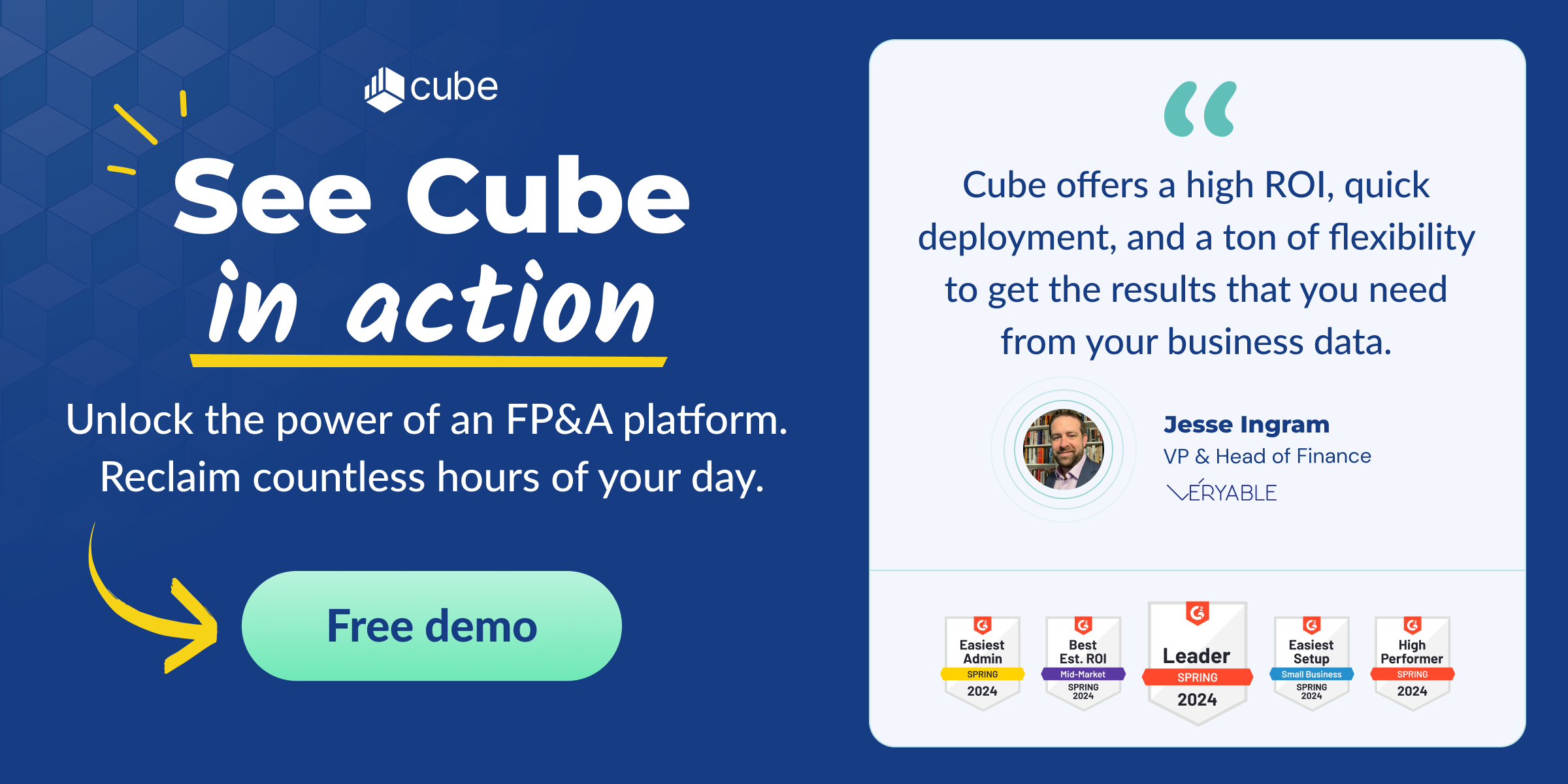


.png)









.png)

.png)

.png?width=366&height=106&name=blue-cube-logo%20(1).png)








.png?width=370&height=167&name=solver-logo-final%20(1).png)

.png)
.png)
.png)